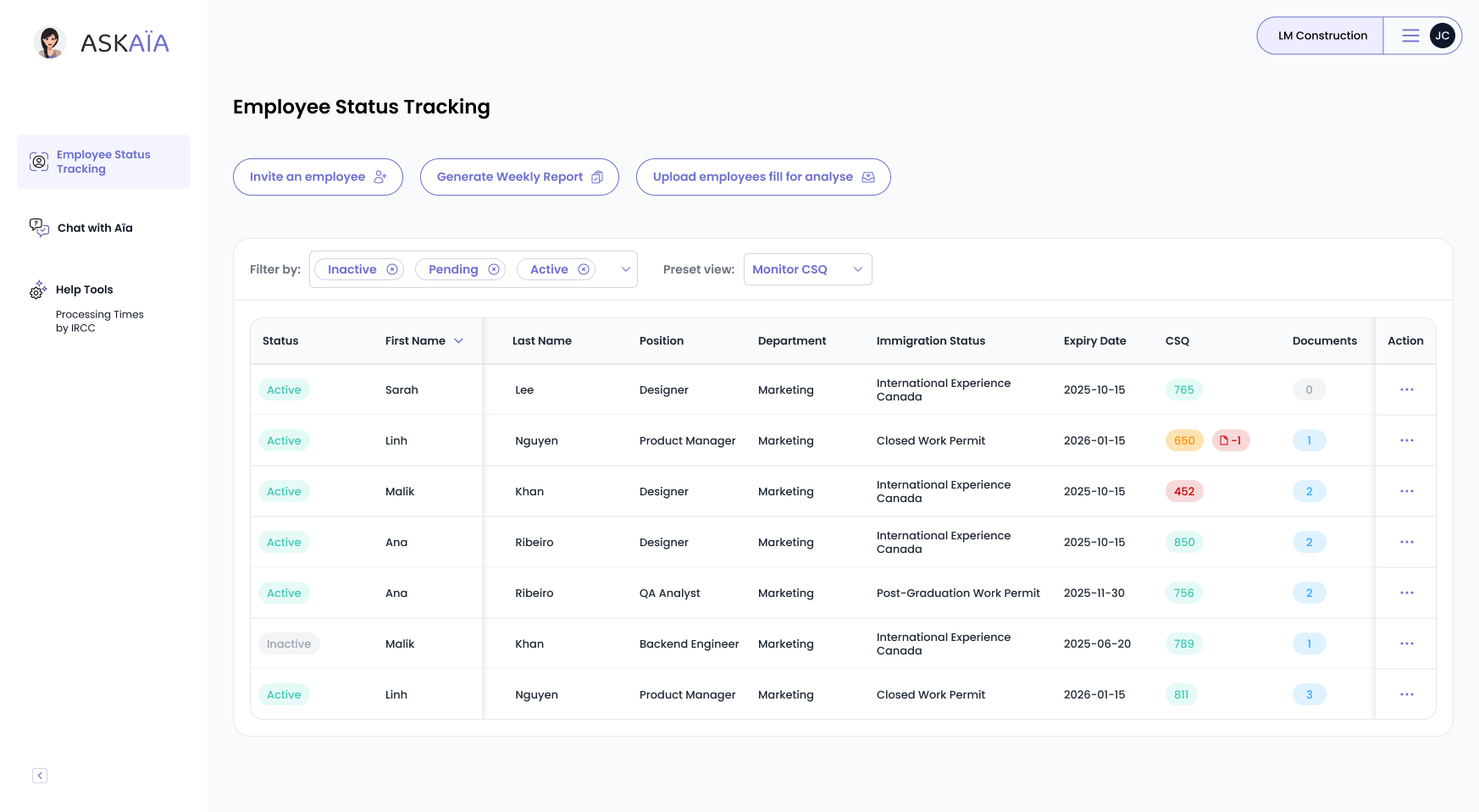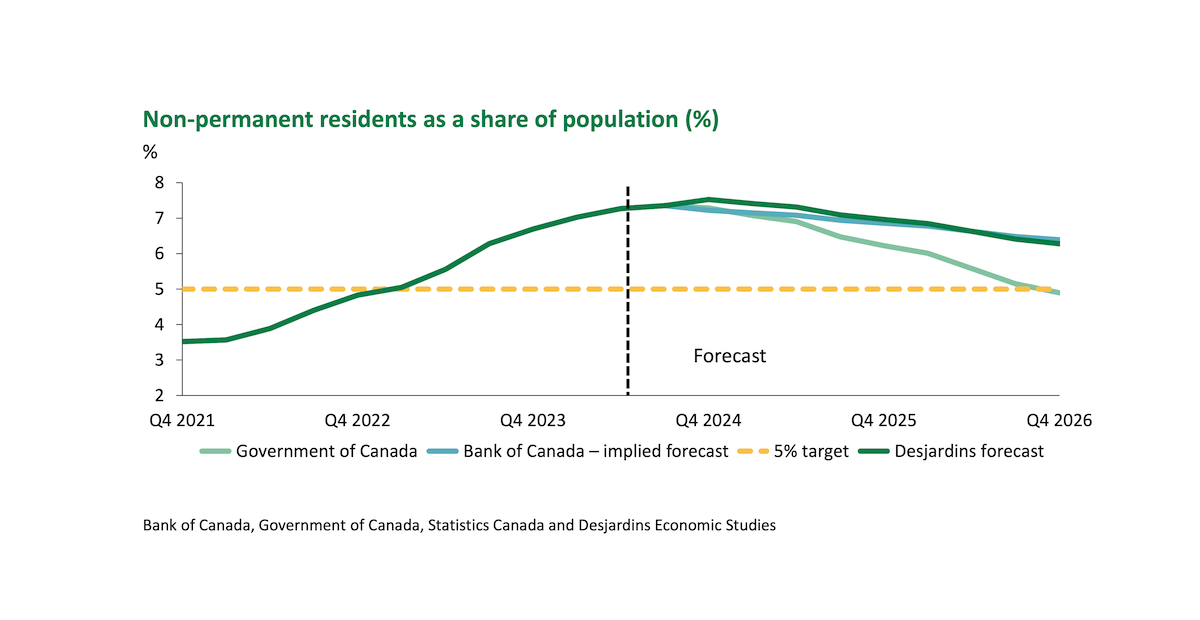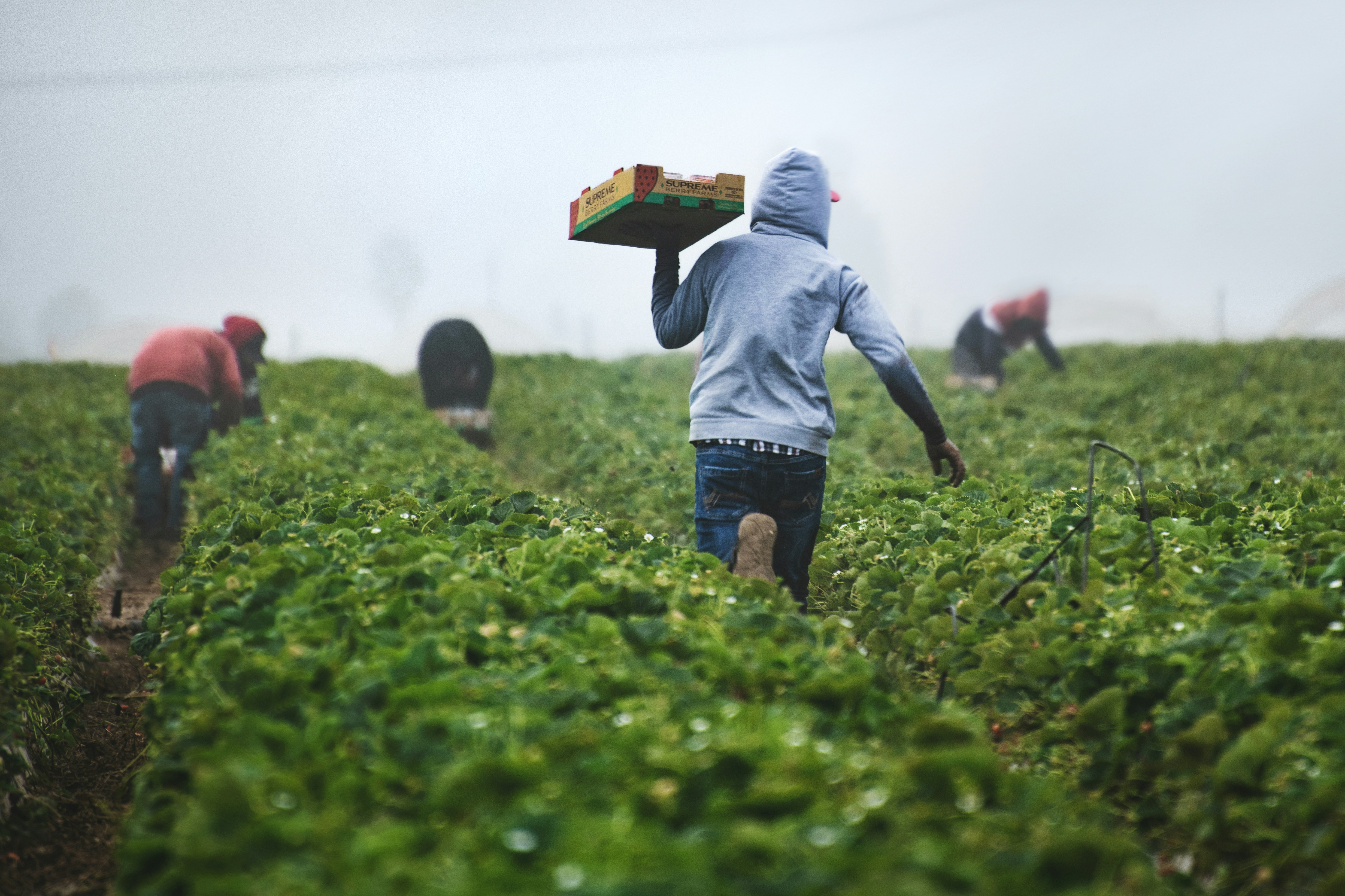Canada Expands Francophone Immigration: Key Opportunities in 2025

Canada’s immigration system has expanded significantly, but recent job cuts at IRCC pose new challenges for applicants. This article explores workforce growth, backlogs, and key trends. Learn about Ontario’s rural labor initiatives and an inspiring AI pioneer’s success story in Canada.
1. Top Story: Canada Expands Francophone Immigration Opportunities
Are you a French-speaking professional dreaming of moving to Canada? With the new Francophone Community Immigration Pilot (FCIP) announced on January 30, 2025, your chances of success have never been higher! This program aims to attract skilled French-speaking workers to communities outside Quebec facing labor shortages.
Key Takeaways
- Target: Increase the share of French-speaking immigrants outside Quebec to 7% in 2025 and 8% in 2026.
- Key communities: Sudbury, Timmins, Kelowna, and other high-demand regions.
- Top industries: Healthcare, education, IT, construction, and social services.
Why Canada Needs More Francophone Immigrants
In 2023, only 4.4% of immigrants outside Quebec were French-speaking, far below Canada’s goals. The demand is rising:
- Ontario: Over 10,000 bilingual positions remain unfilled.
- British Columbia: 35% increase in demand for French-speaking teachers and nurses since 2022.
- Manitoba: Growing need for bilingual professionals in public services.
To address these gaps, the FCIP streamlines the immigration process for French-speaking skilled workers. For more on how Canada has been boosting Francophone immigration, read Francophone Boost Across Canada.
How the Pilot Program Works
The FCIP offers a simplified pathway for French-speaking immigrants looking to establish themselves in designated communities. Eligible applicants will have their permanent residency applications fast-tracked while also receiving additional support to ensure a smooth transition. Selected communities are working closely with employers and economic organizations to match skilled Francophone workers with job openings in high-demand industries.
Successful candidates will have access to housing assistance, job placement support, and integration programs designed to help them settle more easily. Many of these communities already have strong Francophone networks, ensuring new arrivals can build connections and access essential services in French.
Example: "Fatoumata, a nurse from Senegal, moved to Sudbury through a similar program. Today, she works in a local clinic, helping address the critical nursing shortage."
A Stronger Strategy for Francophone Immigration
This initiative builds on Canada’s 2024 Francophone Immigration Strategy, which set clear targets for increasing French-speaking newcomers. Recent policy changes aim to enhance Express Entry benefits for Francophones, improve integration services, and push Canada toward a 10% Francophone immigration target by 2027.
Canada’s 2025-2027 Immigration Plan also strengthens these commitments, with new measures supporting Francophone immigration. Discover the five key policy changes impacting immigrants in Canada Immigration 2025-2027.
What This Means for Immigrants
For French-speaking professionals, this is the best time to immigrate to Canada. The government is making it easier for qualified workers to secure permanent residency and settle in regions that actively need their skills. Stronger support systems in these communities ensure that newcomers can integrate quickly, both professionally and socially.
Employers are actively seeking bilingual talent, giving Francophone workers a unique advantage in securing stable, well-paying jobs. The goal is to build a more sustainable and diverse workforce where French-speaking immigrants contribute to Canada’s economy and culture. If you're a skilled Francophone worker, start exploring your immigration options today with AskAïa.
2. Manitoba’ Focus: Expanding Provincial Nominee Program
Manitoba is pushing to increase its immigration intake under the Provincial Nominee Program (PNP) to address labor shortages. The province welcomed a record 9,540 immigrants in 2024 and aims for 12,000 in 2025. However, federal immigration target cuts may impact these plans, with a decision expected by February.
- Manitoba seeks a 26% increase in PNP nominations to fill workforce gaps.
- Federal immigration cuts may limit provincial targets despite demand.
- Regional immigration programs empower local communities to select candidates.
3. Success Snapshot: Dr. John Smol, An Immigrant Scientist Shaping Climate Research
Dr. John Smol, an immigrant from Austria, has transformed climate science in Canada. As a leading paleolimnologist at Queen’s University, his research on Arctic and freshwater ecosystems has influenced global environmental policies. Honored with Canada’s top science awards, his work helps shape climate action, proving how immigrant expertise drives innovation and sustainability.

Let’s get your demo started
Book a demo
You May Also Like
These Related Stories

Is Canada’s Immigration Slowdown in 2025 as Sharp as Planned?
Canada is adjusting its immigration policies in 2025, but is the slowdown as drastic as expected? A new Desjardins report suggests otherwise. In this …

Canada in 5: Temporary Foreign Worker Boom
In this edition, we explore Canada's temporary foreign worker boom and its impact on immigrants, Saskatchewan's new Immigration Services Act, and the …

Canada in 5: Decoding Immigration Language Tests
In this edition, we're tackling the high stakes of Canada's immigration language tests, the innovative solutions Alberta is employing to boost its eco …